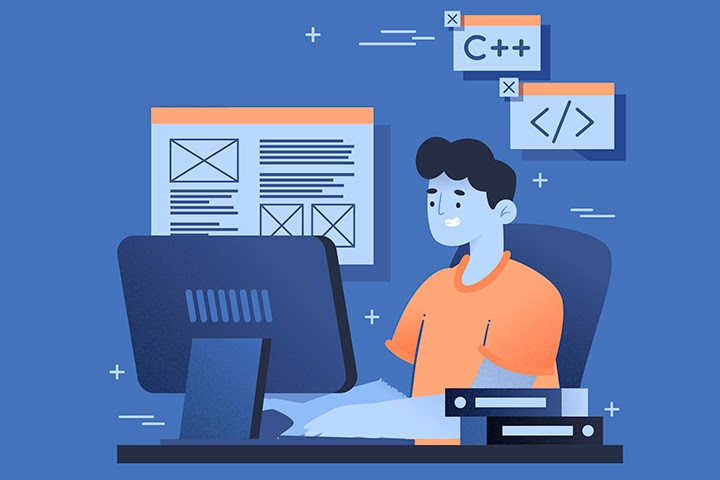Computer
A Brief Guide To Computer Software
While most users rate computers in terms of their manufacturer or hardware, computing devices would be rendered almost unusable for most people without the software we run on them.

While most users rate computers in terms of their manufacturer or hardware, computing devices would be rendered almost unusable for most people without the software we run on them. Sure, Hard Disk Drives (HDDs) and RAM, etc. are essential but, underneath, it’s the software we run on our machines that make them work and provide a helpful service.
Table of Contents
1. The two types of computer software
In broad terms, computer software can be split into two types:
Operating Systems (OSs): Used to control the hardware and provide a virtual interface between hardware and user.
Applications: Application software programs (now commonly referred to simply as ‘apps’) perform practical benefits for users, e.g., programs like Microsoft Word or Adobe Photoshop.
2. The constant battle to maintain software security
One common consideration between OSs and applications is the need for code security during the development phase and further down the line to keep software updated and protect users from hackers. Cybercriminals are constantly trying to exploit issues and find backdoor security flaws in software.
For this reason, when you’re offered updates to your OS or the programs you run, you should install them as soon as possible to save leaving yourself exposed to new risks.
3. The early days of software programming
While its strength seems hard to believe, the first computer program was written back in 1843 by a mathematician, Ada Lovelace, to work with a physical machine built by Charles Babbage. Programming has come a considerable way since computers nowadays rely on a Central Processing Unit (CPU) to interpret software compiled in specific programming languages to understand and execute instructions set by the user.

4. The development of Operating Systems – a crucial turning point in modern-day computing
All computer-driven devices run an Operating System to function – everything from laptops and desktops (typically running Apple’s OS or Microsoft Windows) to mobile devices (mostly running Apple iOS and Google Android). The OS of a device allows it to manage hardware resources, offer User Interface (UI) components, and provide a platform to enable developers to write software to extend the usefulness of the machine.
Without OSs, the software you commonly use today would be worthless and amount to little more than lines of complicated code.
5. Software applications – the programs that make your device useful
Applications extend the OS of a computer to allow users to accomplish specific goals – for example, writing a document in Microsoft Word or listening to music on Spotify, etc. In short, apps are the side of computing that brings tangible benefits to the user. An OS on its own would be of little use – however, OSs remain the fundamental building blocks of all the programs you use.
6. Software utilities and programming tools – a subsection of applications
Utilities and developer programs are an essential subsection of apps that should not be overlooked. Utility apps allow users to modify their device – for example, by offering antivirus protection or performing backups.
Programmers use software development platforms to write new software and compile and debug code, allowing the developer to write programs that can then be run on a computer. Software dev programs also will enable the coder to test and convert their code into a format that the computer’s OS will understand.
-

 Instagram4 years ago
Instagram4 years agoBuy IG likes and buy organic Instagram followers: where to buy them and how?
-

 Instagram4 years ago
Instagram4 years ago100% Genuine Instagram Followers & Likes with Guaranteed Tool
-

 Business5 years ago
Business5 years ago7 Must Have Digital Marketing Tools For Your Small Businesses
-

 Instagram4 years ago
Instagram4 years agoInstagram Followers And Likes – Online Social Media Platform














